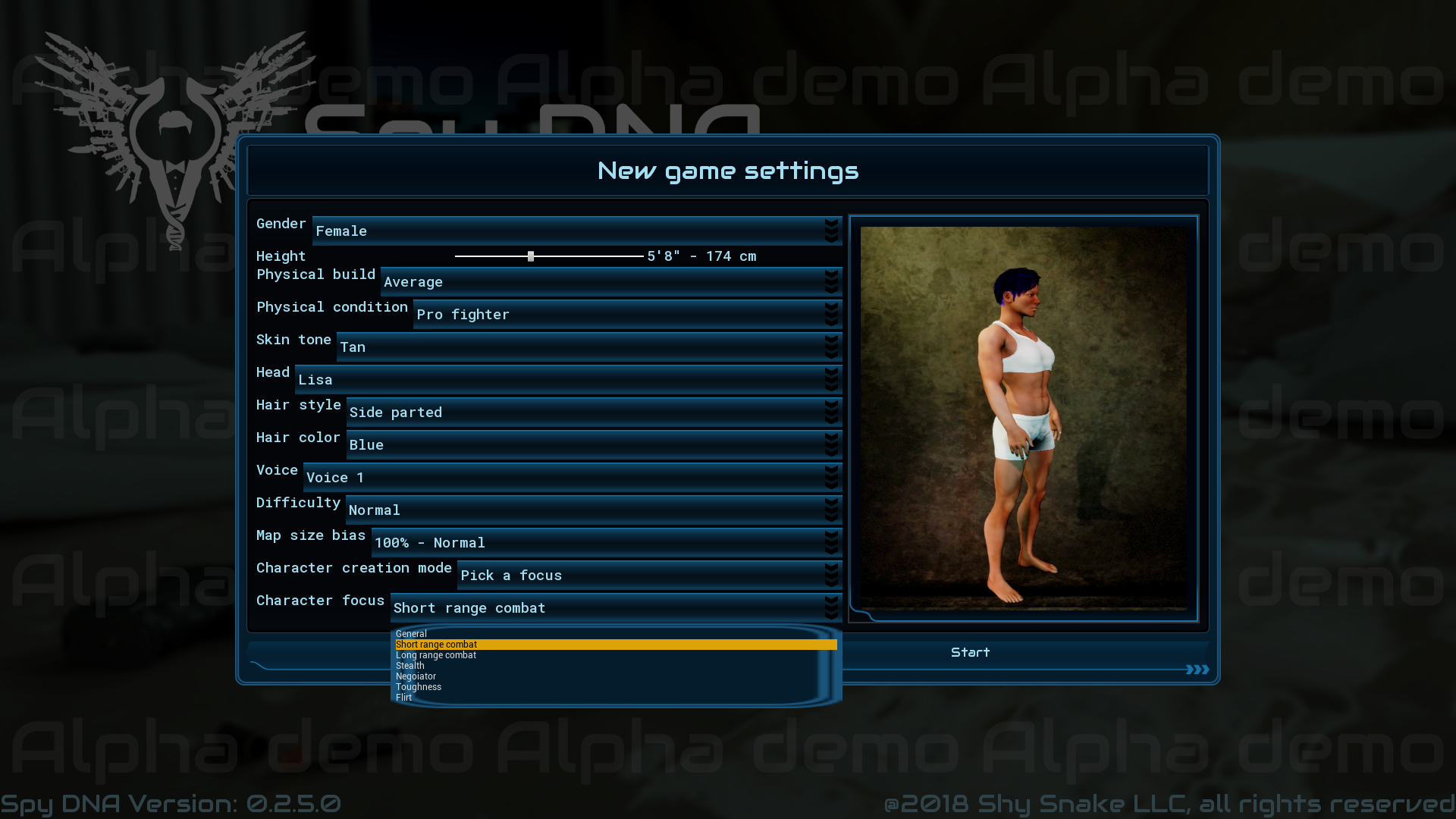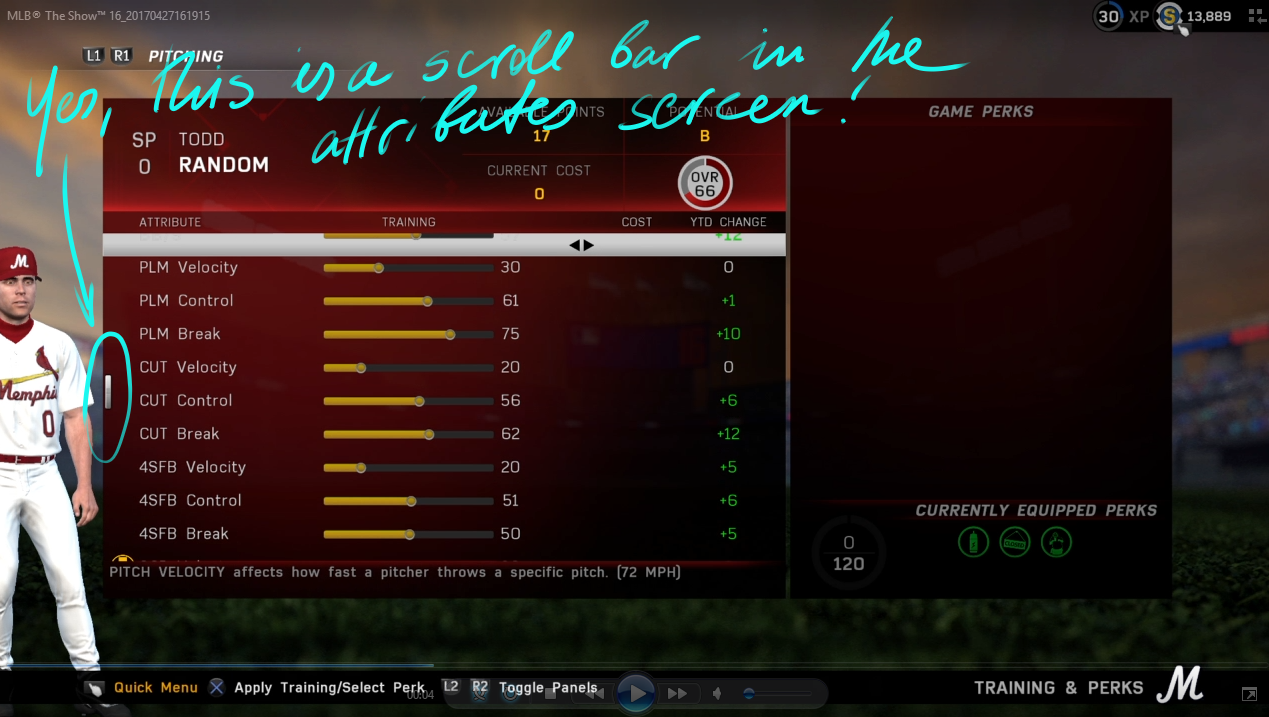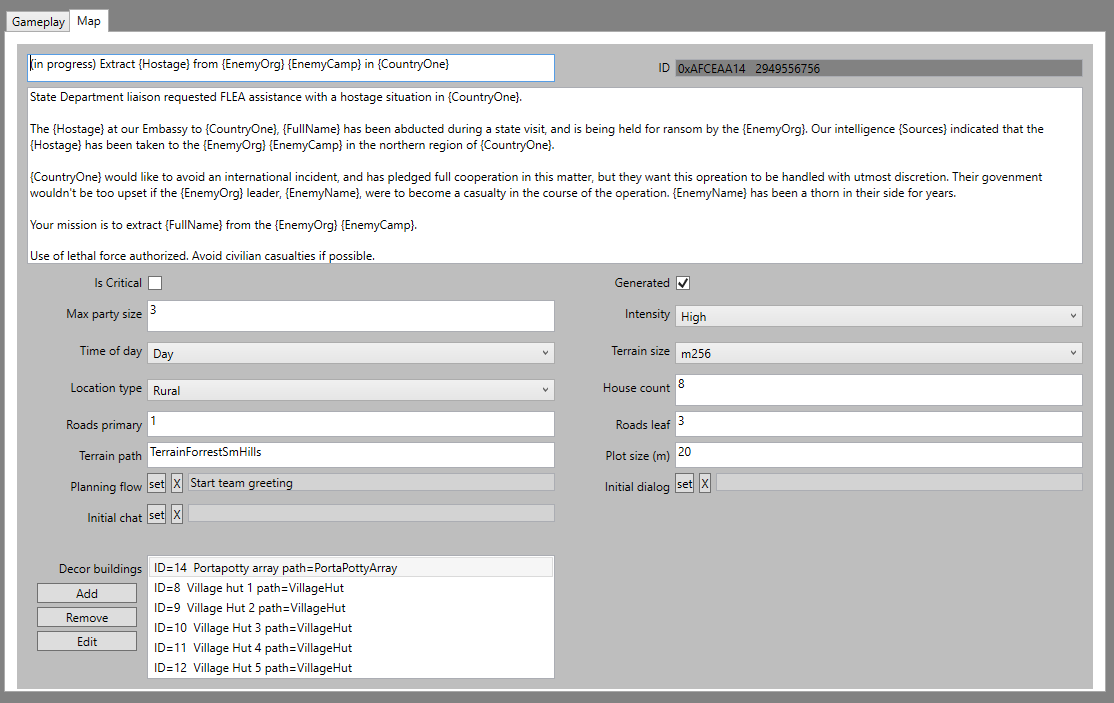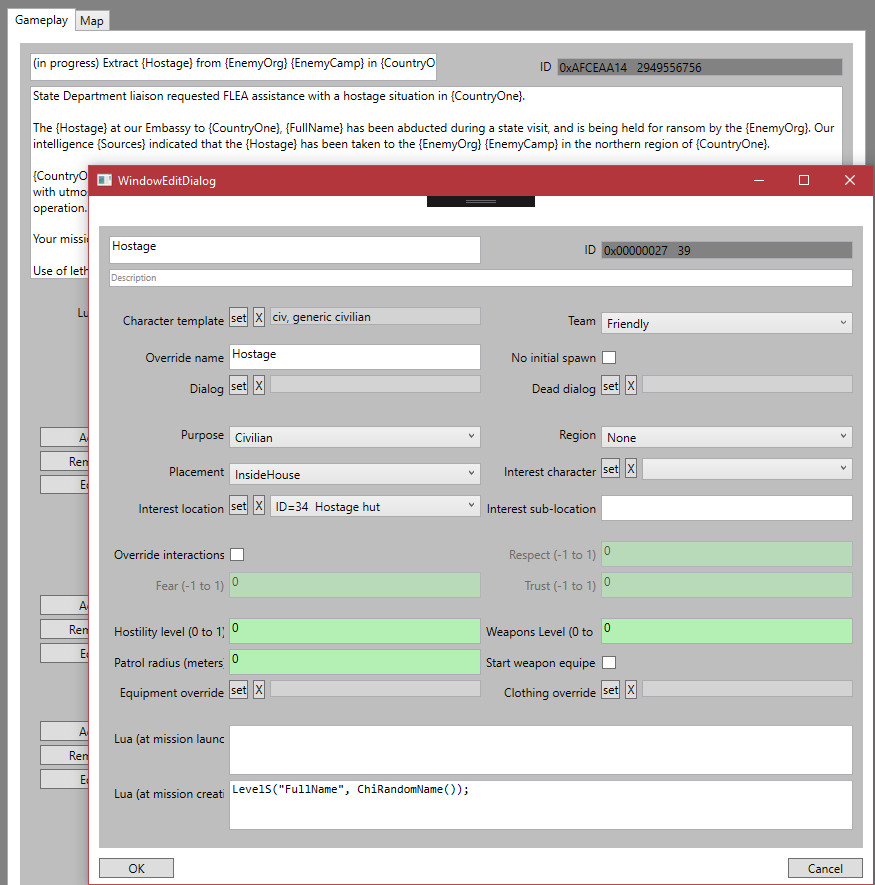By Jason Sams, Lead Developer
I want to talk about complexity in games. I think complexity is a very misunderstood subject. Game developers are sometimes seeking to “simplify” where there’s no need, while at the same time adding complexity without realizing it.
What is “complexity?”
When I say “complexity,” I mean specifically “perceived complexity.” In other words: Is the action considered easy or hard for a human to accomplish?
Here’s a practical example: If I asked you to throw a ball at a target, would you consider that a complex or difficult task? Probably not. However, hitting a target with a projectile is a task complex enough that solving the math behind it drove the creation of the first computers.
When video games were created, lobbing projectiles at things was a rich enough subject that entire games were built around the idea, such as Artillery Duel and Scorched Earth.
Let’s look at a more recent example. Is driving a car complex? Most people consider it so easy that they do all sorts of other things while driving. Yet teams of engineers are still struggling to teach a computer to do the same thing. Analyzing visual data is so challenging, that they have to use additional sensors (Lidar) that humans don’t have, or need. Objectively, driving is very complex and yet it’s still easy for humans.
And again many games are built around the idea of driving (or flying). Most of those games are considered very easy to pick up and start playing. Perfecting your technique and winning is the real challenge.
What about an opposite example? Multiplying large numbers is so simple even a phone can do it a few billion times per second, yet ask a human to do it and many would rather drive to buy a calculator. No one would make a game like this outside of education.
In context of game design, we’re interested in complexity as perceived by a human player. In our case we are specifically interested in making the mechanics of the game easy to grasp. This idea has been a driving factor in the design of Spy DNA and is also the reason for us calling the game a Simulation RPG. (Side note: it’s also led to way more UI iteration than we ever envisioned.)
Our combat system is designed to be the best simulation we can make of combat. We chose simulation and not the traditional turn-based approach to solve the problem of perceived complexity vs. actual complexity.
I’m a big fan of realism in games. Nothing will frustrate me more than when something happens in a game that makes no sense in the real world. Some examples:
1: You move a character one step forward, you trigger an enemy group, that now all get to activate, move several times farther than your one step, and possibly attack and kill your character. All this before you can even react.
2: You find a new item in game, yet you can't use it because of some attribute or skill check. The worst ones are the cases where you lack “strength” to wear an item, yet, toss it in the backpack and you can be lugging several of them around despite them being harder to carry that way.
3: You sneak up behind a target and make a surprise attack. You stealthy weapon fails to penetrate the armor despite hitting a spot where there was none (visually). The enemy then turns around and kills you.
What all these things have in common is they are results of artificial rules imposed by a game system that don’t exist in the real world.
Human brain is very good at understanding natural things such as physics (throwing something), or processing an image, but dealing with large numbers of artificial rules is not something that comes to us naturally. Therefore games that go down this path are perceived as complex for the player.
Not all complexity is necessarily bad. There are many popular games built around artificial rules, chess being the first that comes to mind. Add a little random input and you have pretty much every card game ever. In these cases managing and exploiting the rules becomes the focus of the game.
In Spy DNA, we want you to feel like an agent in a believable world, where things that should work actually do work in-game. Or put another way, we wanted the combat system to be intuitive and realistic. We wanted the game to be about Spy DNA world and not about the combat mechanics.
When you play Spy DNA, one of the things you will notice is that we have a lot of attributes compared to most RPGs. I’ve heard people give talks saying that six attributes is too many for an RPG, and I consider that silly. I mean, if a console sports game can have 38 attributes (MLB the show), I don’t see why a serious PC RPG shouldn’t have more than 6.
























